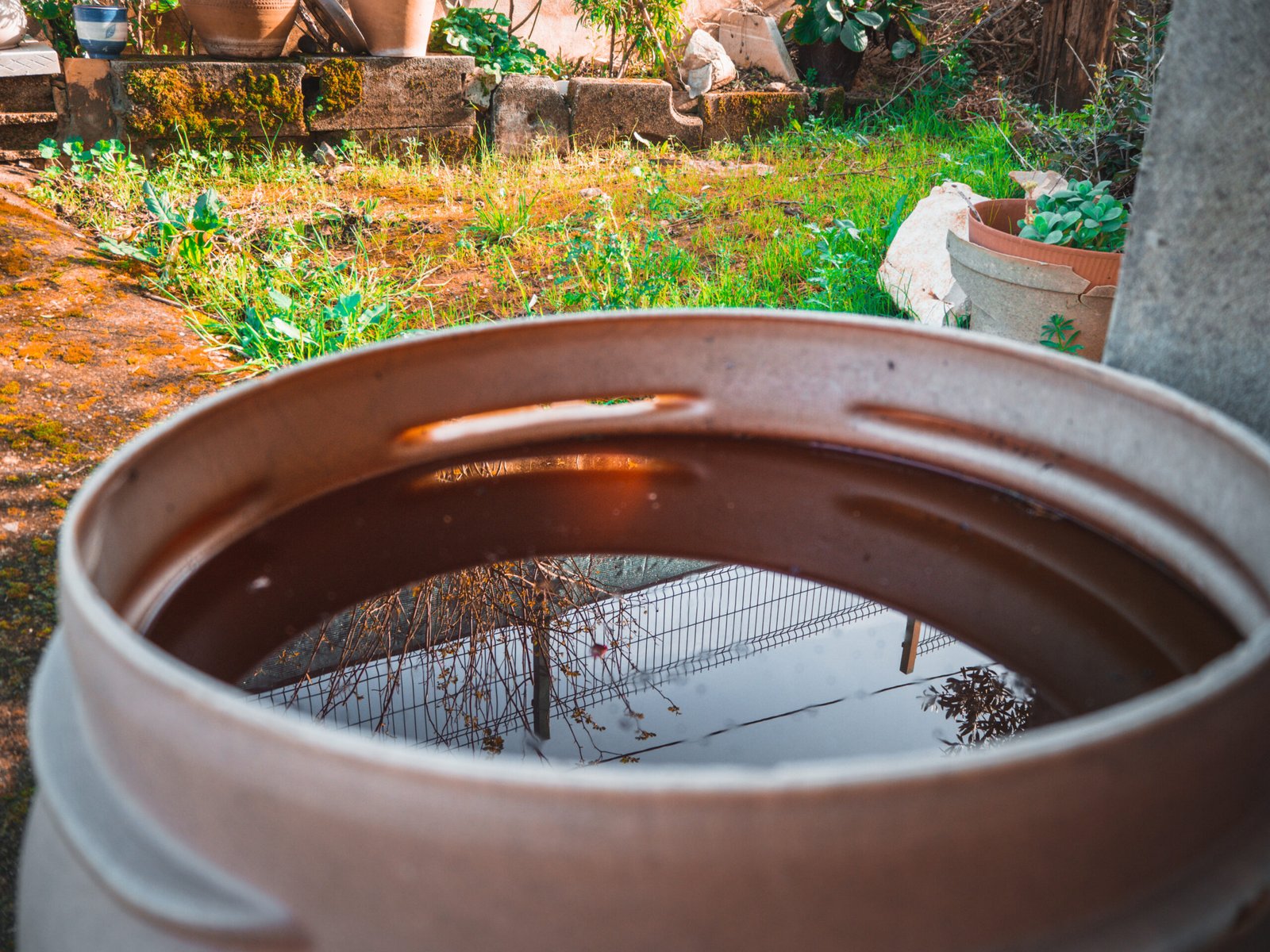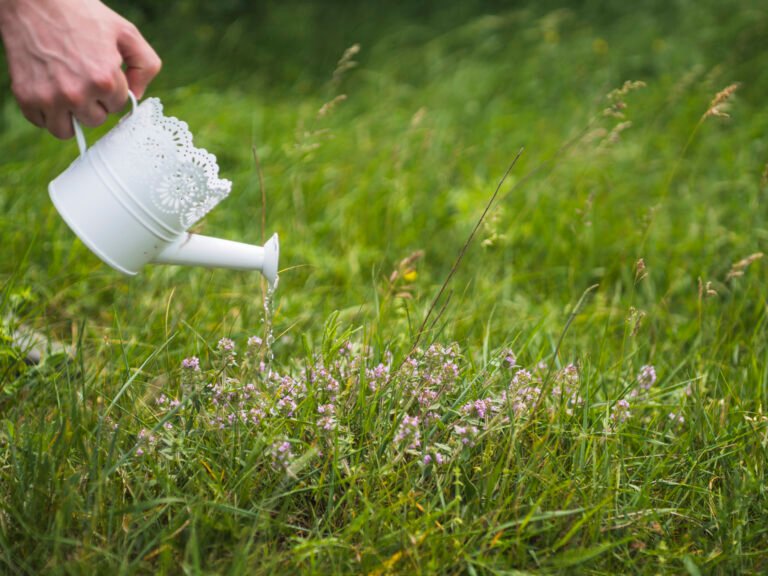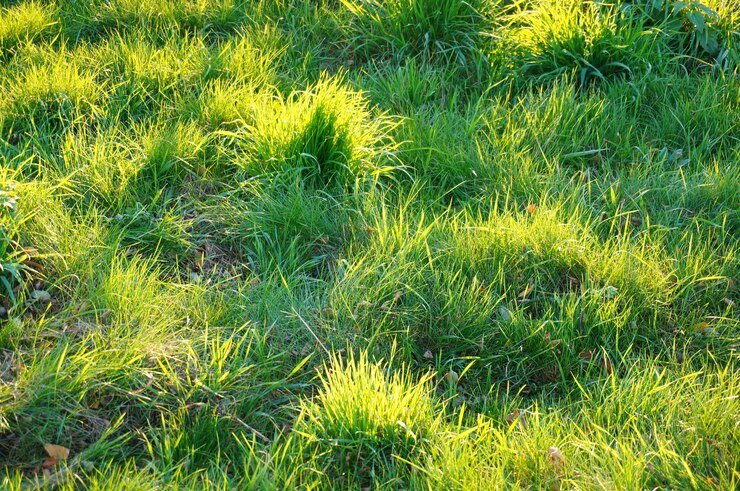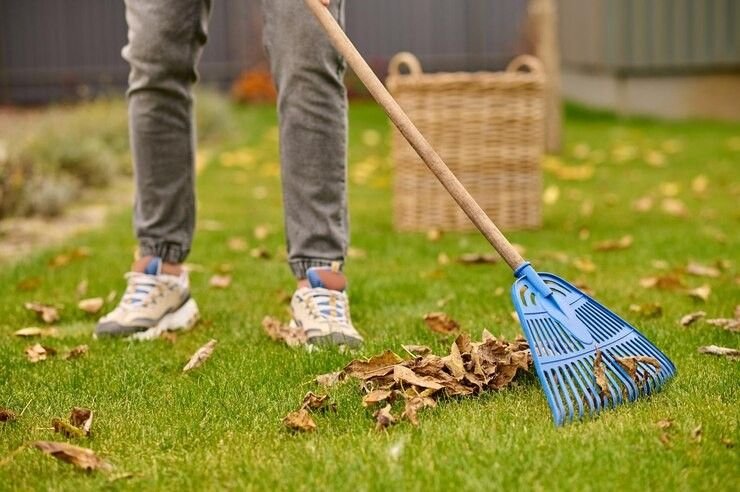How to Winterize A Rain Barrel. It Depends on Your Climate
How to winterize a Rain barrels are handy for warmer regions since they can be used year-round. In colder places, however, they can lead to many problems. Barrels bursting due to ice expansion is a common issue, as split hoses and freezing water flow cause damage to gutters and facia.
If the barriers towards global warming are not achieved and temperatures keep rising, protection measures will become increasingly important. It’s better to set things in place beforehand so your beautifully adorned patio does not need replacements once spring rolls around.
To ensure your barrel makes it through the cold spells, consider these easy methods to keep it safe.
Should You Winterize Your Rain Barrel?
Ceramic, plastic, and wooden rain barrels are durable but can burst if the water within them freezes and expands. Even more, accessories for rain barrels, such as tubing, lids, and spigots, can break because of the colder weather, while metal rain barrels will not work when the temperature is below freezing.
Whether you need to winterize your rain barrel greatly depends on where you grow. For instance, if you live without freezing, like in regions with mild temperatures, you don’t have to winterize barrels and may even use the rain barrel through winter. But if that is not the case, and winter temperatures are below freezing for long periods, winterizing is very important.
How to Winterize Rain Barrels
Properly preparing rain barrels for winter can prolong their life while minimizing damage. However, given how severe the winters are in some areas, the techniques to prepare these barrels will differ.
Mild Climates
Dwelling areas experiencing mild winters may not require any winterization techniques for their rain barrels, though other locations with even low temperatures sometimes hovering slightly above freezing might. These tips may be used to keep the rain barrels warm in places where the temperature does not stay below freezing for a long time or drop at all.
- Let it drip. Opening your rain barrel faucet slightly on especially cold evenings, just enough to allow a drip, can be beneficial. Furthermore, don’t forget to shut the spigot during the day.
- Install a fountain pump: We increase the time it takes to freeze by constantly stirring water. So, a fountain pump can also be utilized to keep the rain barrel unit free from freezing water effectively. This technique is guaranteed to be much more effective than the dripping technique, but it requires an electricity source.
- Insulation added: Covers and blankets styled for use with rain barrels also serve as insulated wraps. Another great example would be foam pipe insulation, which is great for sealing rain barrel spigots.
Cold Climates
Regrettably, an insulator and fountain pumps can only accomplish so much. They will not be enough to prevent rain barrels from overheating in areas with very high temperatures for a long time. Therefore, rain barrels will have to be decommissioned in these areas and kept in a safe place until the winter season is over. Remember, this is preparatory work, so step by step, you can be ready when it is time to turn on your rain barrel system.
Drain the water: Before winter arrives, one last thing to do is irrigate the garden using the remaining water in the rain barrel. Then, turn the tap on in the barrel, allowing additional water to drain freely from the rain barrel and any remaining water. Gently tip the barrel to its side to allow any remainder at the bottom of the barrel to pour out.
- Clean it up: The next step is to take the barrel apart. Detach it from the downspout and reattach the downspout back to the gutter to ensure water is collected from other areas. Then, grab your hose and start rinsing the inside and the outside of the barrel. If a lot of algae is present, using a mop or brush and diluted vinegar made from one-quarter cup, a gallon of water, and one teaspoon of soap can scrub the algae off the barrel.
- Detach of accessories: In this section, we cover the detaching of accessories. Remove all tubings, the spigot, and even the lid. When leaving the barrel, leave the spigot unplugged to drain all water. Store these items in your garage or a safe space in the background until you use them again. Make sure to dry them before putting them away.
- Store the barrel: Metal, wooden, or even plastic barrels can go in the garage or even your basement, but make sure to bring in the ceramic barrels. If you don’t want to keep the items in the shed, place them outside during winter after turning them upside down so that no water can collect inside, and put them in a safe spot away from excessive sunlight.
Winterizing Drip Irrigation Lines
Many clients using our services mix their rain barrels with drip irrigation systems for better circulation of rainwater to their farms. Everything from the region of installation to temperature plays an important role, as everything in colder climate zones needs to be winterized. While the drip irrigation tubing is much more bendy than PVC, it is much harder to break during cold weather. Still, all materials tend to weaken from prolonged exposure to extreme weather conditions.
Taking it off-season by rolling up the irrigation tubes may not be necessary, but it can prolong the life of the tube.
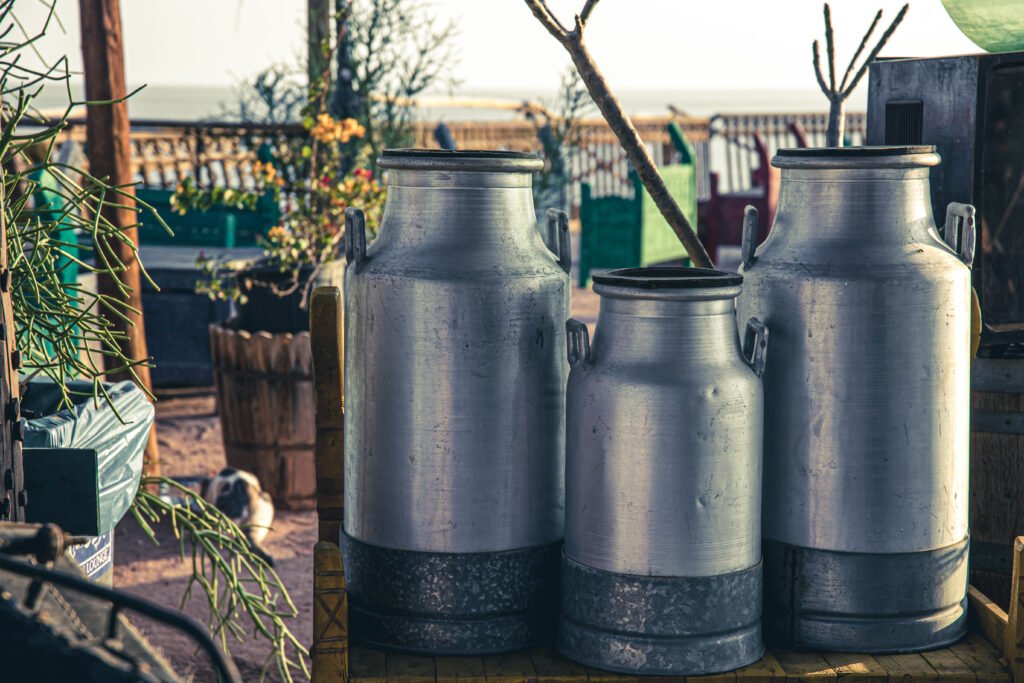
Irrigation Lines
Ensure that your irrigation lines will be drained if you face a harsh freeze. At the very least, using an air-lift to get water from the tube can work wonders for flat sites. If your irrigation system has a low point, use a drain to get the water out from the tube.
Whether or not you intend to roll the irrigation lines, always remember to take off the ball valves, filters, and timers for other irrigation lines before you start draining your rain barrels. Always keep your moving parts dry for the season, as water tends to freeze up and can cause damage.
Drip Irrigation System
These gravity-fed irrigation systems are relatively basic and do not typically have pumps, pressure regulators, or vacuum breakers, so you have much less to be concerned about than a pressurized drip irrigation system. However, if you have a drip irrigation system that includes additional features and is therefore more complex, here is a resource from Penn State Extension that includes elaborate winterization procedures for drip irrigation systems.
EXPERT TIP:If your pipes are unprotected and you fear they’ll freeze and break on especially cold nights, you can leave a slow drip in the faucet or drain valve. Moving water requires much colder temperatures to freeze so that a slow drip will offer protection. Just don’t forget to shut off the tap when the sun comes out in the morning!

